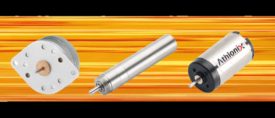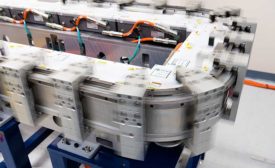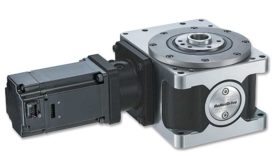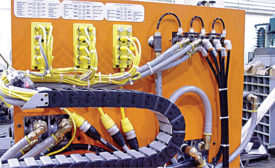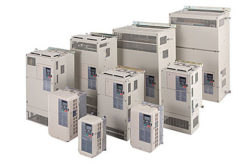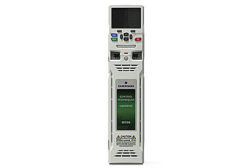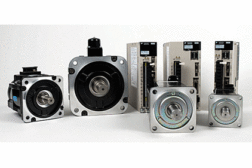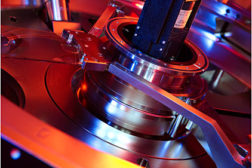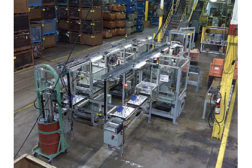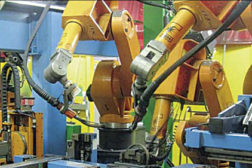Home » Keywords: » servomotors
Items Tagged with 'servomotors'
ARTICLES
Speed, torque and accuracy are among the factors to consider when choosing an electric motor for an application.
Read More
Motion Control Gets Smart
Today’s technologies for smart motion control range from a multifunction platform to digital twin simulation software.
February 9, 2021
Applying VFDs to servo applications
AC induction motors are increasingly being used in applications once dominated by servomotors.
July 1, 2014
Small Servomotors for High-Precision Motion
"We’ve managed to pack quite a lot of power density in a small package." —David Ma, Yaskawa America
September 9, 2013
Never miss the latest news and trends driving the manufacturing industry
Stay in the know on the latest assembly trends.
JOIN TODAY!Copyright ©2025. All Rights Reserved BNP Media.
Design, CMS, Hosting & Web Development :: ePublishing
